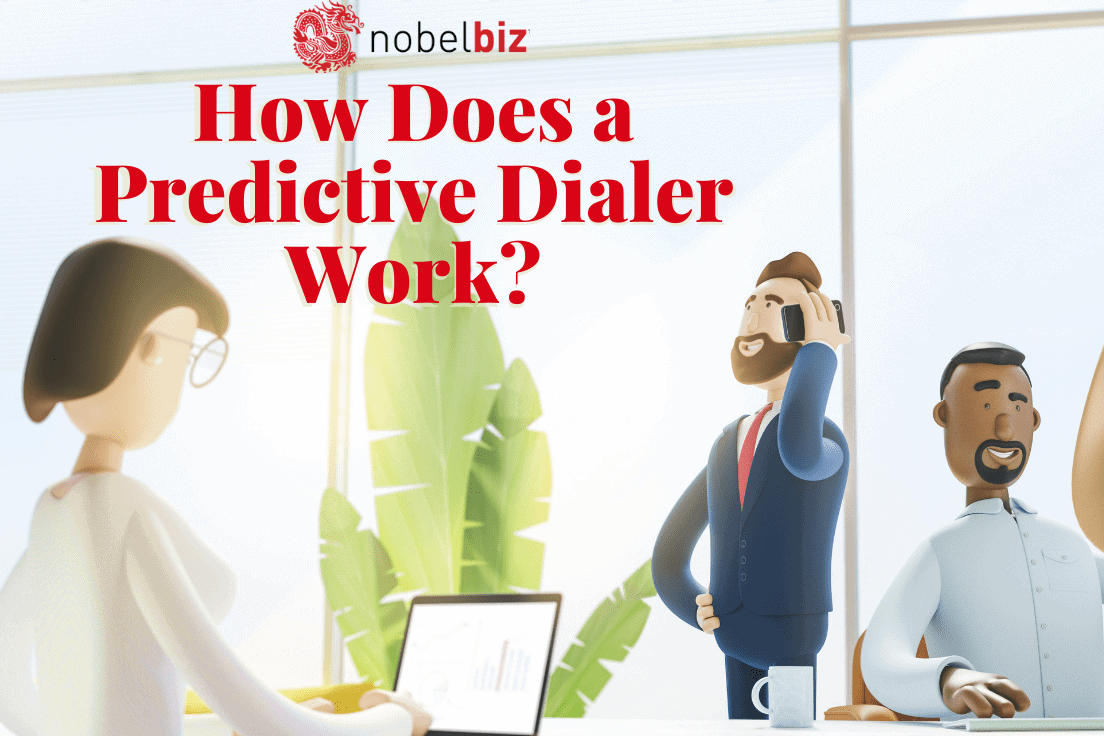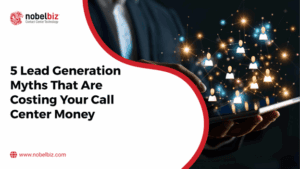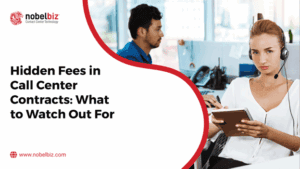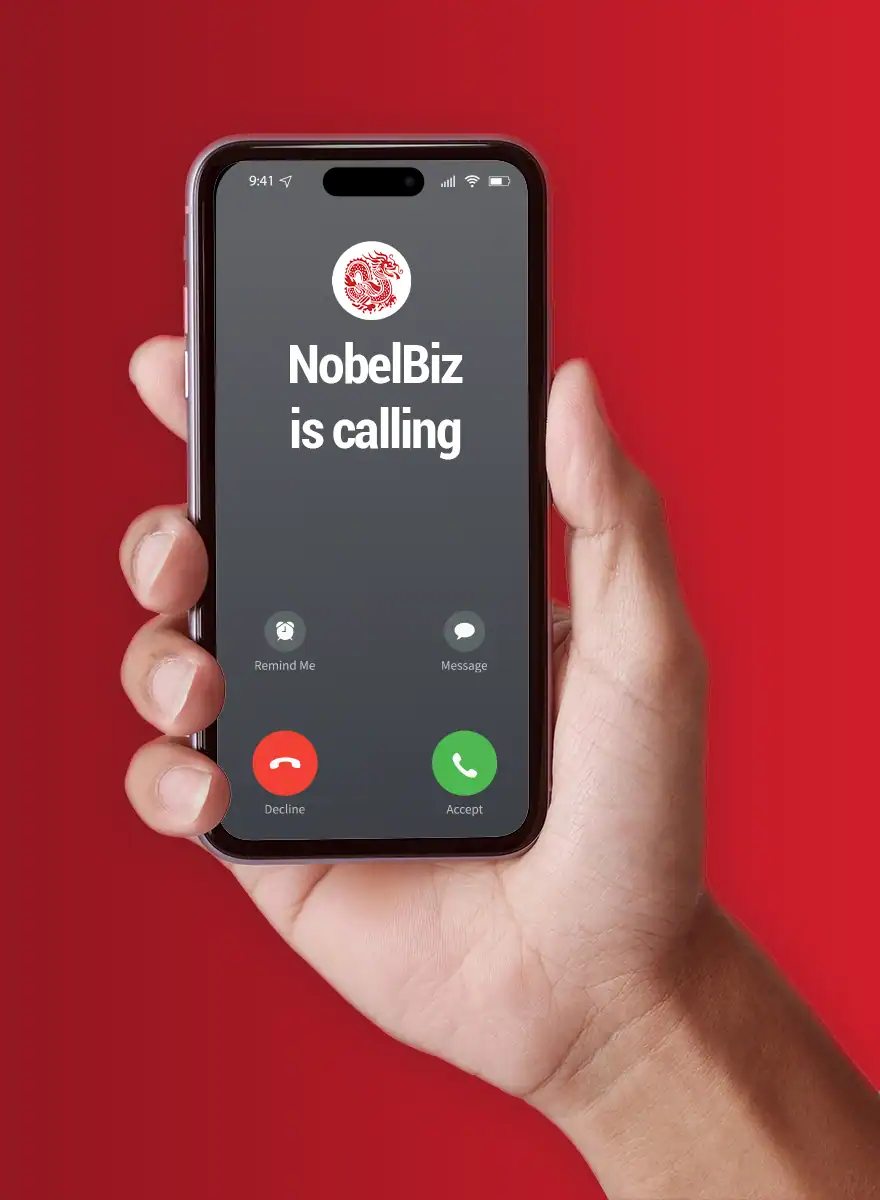Today we’re analyzing how a predictive dialer works, what it is, and what its purpose is within a call center environment. Further down, we’re looking at the metrics and operations that can be positively impacted by having a predictive dialer.
Before we close out the piece, we’re also going to analyze the typical restrictions that come with a predictive dialer (in terms of the FCC), plus the best types of call centers that could benefit from a predictive dialer. Let’s explore together!
Predictive Dialer Purpose & Definition
A predictive dialer is just what you imagine when reading the words, as it uses predictive statistical analysis of customer data to determine if, when, and how many calls should be placed from the dialing platform.
It is a tool that gained ever more traction with the introduction of cloud environments and data analytics, being an advanced method for outbound high-volume contact center solutions.
Other than that, it is also a way to filter out voicemails, busy signals, and disconnected numbers. While this secondary functionality is not-so-advanced, it has its own benefits, as it increases the number of live answers by diminishing the unproductive time an agent has. Compared to manual and other dialing modes, this increase can be tenfold or even higher.
How Does a Predictive Dialer Work?
A simplified description of the algorithms involves an analysis of the following metrics.
Agent-Related:
it detects how many agents are available, makes a decision based on the skills they have to route the inbound call (though DNIS or a different routing method); it uses real-time statistics to see the average handling time of each agent per type of issue and determines what timeframes are most convenient to place calls.
It also analyses call silent times and repetitive customer behavior (how long it takes for the call to be answered), so that agent idle time is reduced to a minimum.
Customer Related:
It filters leads based on demographics and real times statistics in any given industry, as it can determine the odds of the customer picking up based on the time of day. This way, it can adjust the calling ratio it dials with:
- if the odds are 50% to get a live answer, it will place 2 calls per agent;
- if the odds are 25%, it will place 4 calls per agent, etc.
Through this, the calls are more customer-friendly, since the algorithm makes an informed decision on the best time to place the call. In order words, the customer received the call at a time that is appropriate for a response.
Call Center Metrics & Operations Impacted by a Predictive Dialer
- agent productivity
- reach rates
- conversion rates
- streamlining customer communication
- increasing customer engagement
- lead management
- reporting
- tracking performances
- generating insights for greater profits
As a result, the benefits are somewhat self-evident based on the above, as it increases productivity by substantially reducing agents’ idle time. By talking only to live agents and not picking up to be ‘surprised’ by a prerecorded message, the customers are also engaged in a different manner, thus streamlining communication between the business and the customer base.
Also, because of the predictive mode, call centers regularly see a significant drop in call waiting times, which eventually leads to a reduction in abandoned calls. Even the dropped calls (customers that hang up while on the inbound queue) can be analyzed through the predictive mode, so that these customers are introduced on the leads to be called lists.
Another benefit is the elimination of human errors, as the urgency of a decision can lead to a wrong call resolution or the wrong lead called for a specific campaign. To make a long story short, the predictive algorithm has higher precision and frequency than a manual dialer.
Team managers are also positively impacted by this, as it is easier to track performances and generate insights on customer behavior, as well as new ways of generating revenues through predictive analytics.
This can improve customer relationship management by offering powerful insights to understand the customer lifecycle. Every customer is unique but there are certain trends or patterns using which their behavior can be predicted and can be used to improve communication with them, in terms of both experience as well as productivity.
Furthermore, predictive dialing engines enhance performance if there is a wide inventory of high-quality contacts with identical chat times between calls. This is why, in general, this mode is best for handling the beginning of debt collections campaigns.
Predictive Dialer Restrictions
As it happens with all good things, there are limitations for this product as well. These are not related to the product in itself, but to the way the FCC qualifies calls made with autodialers and the legal consequences of that.
For example, once prior consent is obtained from the customer, FCC requires businesses to play a message to identify themselves, provide contact info, and say that the call was for telemarking purposes if the call is not answered.
Also, when a predictive dialer connects the calls, there will be a time-lapse of a couple of seconds until the agent answers and this is considered an abandoned call if the time that goes by is higher than 2 seconds.
Drawing on the same regulations, it is important to mention that the predictive dialing mode is best suited to the needs of high-volume outbound contact centers, as this abandoned rate must be under 3% and that is rarely achieved by businesses that have less than 5 agents.
A Solution for Your Predictive Needs
I hope this article has proven just how valuable predictive dialer can be for your company. If it has, be sure to give a shout-out, maybe share it with your connections on LinkedIn – it helps a lot!
NobelBiz offers one of the most powerful predictive dialers in the industry as part of our Carrier Network Services. Plus, you get one of the most reliable and efficient voice networks in the world.
Irina T. has been working in the contact center industry for the past 10 years. After having an array of customer-facing roles, she joined the NobelBiz team in September 2018 as Provisioning Coordinator, that gave her access to a behind the scenes approach as well. This gave her the opportunity to contribute not only to the customer’s business, but also to the NobelBiz community.







